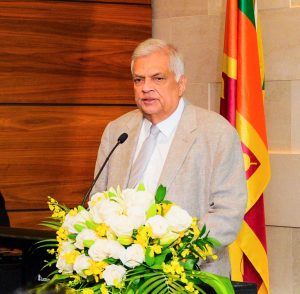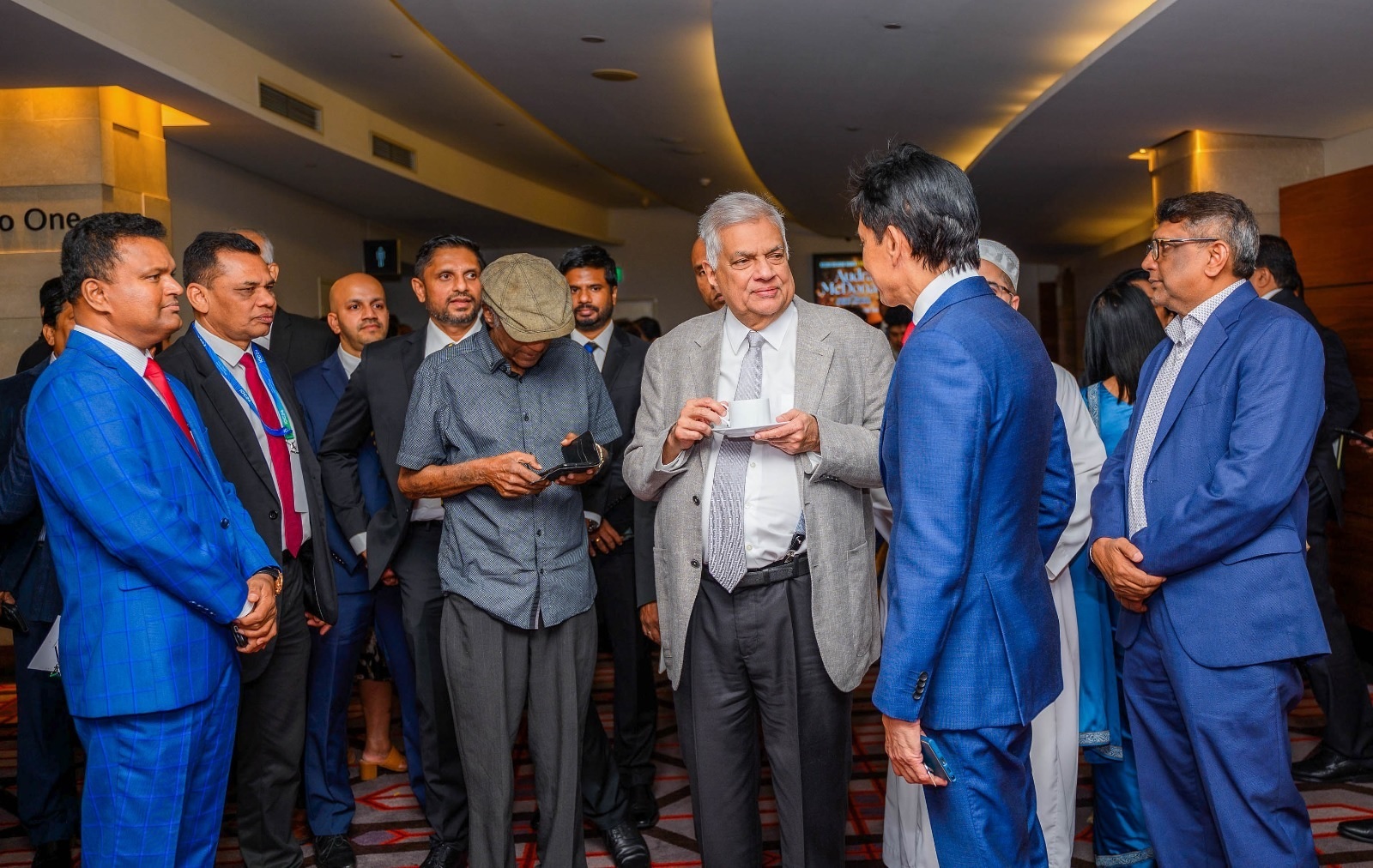Sri Lankan President Ranil Wickremesinghe delivered a stark warning about the growing geopolitical complexities in the Western Indian Ocean during his address at the 7th Indian Ocean Conference in Perth, Australia. He emphasized the need for regional cooperation to address the challenges and ensure a stable and sustainable future for the region.

Shifting Power Dynamics: Highlighting the strategic importance of the Western Indian Ocean due to resource-rich economies and the influence of major powers like Russia, China, and Iran, Wickremesinghe warned of intensifying rivalries and potential flashpoints. He pointed to the Ukraine war and its impact on global energy markets, leading to increased ties between Russia and resource-rich nations in the region.
Threats to Navigation: The President also raised concerns about threats to freedom of navigation posed by Houthi rebels in Yemen, Somali pirates, and illegal activities. He stressed the importance of maintaining open sea lanes for vital trade and economic activity.
Connectivity and Infrastructure: Recognizing the projected economic growth in the region, Wickremesinghe advocated for new infrastructure initiatives like the Mumbai-Iran-Russia and Mumbai-Middle East-Europe corridors. He also mentioned ongoing projects in the Bay of Bengal and potential land connectivity between India and Sri Lanka, aiming to establish Sri Lanka as a regional logistics hub.
“According to estimates there will be an eight-fold increase in the GDP of India and Indonesia by 2050. Similar increases are expected in some of the other countries in South and West Asia. This requires additional port capacities and new transport routes. The Suez Canal may not be sufficient. In this regard India’s two new connectivity initiatives are welcome. Firstly, the India (Mumbai) – Iran – Russia corridor and secondly the India (Mumbai) – Middle East – Europe corridor. Similarly, there are connectivity initiatives taking place in the Bay of Bengal. Work has already commenced on the Chongqing – Kyaukphyu corridor giving access to Western China. Thailand is planning the Kra land bridge connecting the Gulf of Siam with the Bay of Bengal. India and Sri Lanka are commencing feasibility studies on land connectivity between the two countries making Sri Lanka a Regional Logistics Hub with Colombo and Trincomalee ports available to South India.”

Climate Crisis Looms Large: The speech acknowledged the Indian Ocean’s vulnerability to climate change, with warming rates exceeding other oceans. He proposed initiatives like the Tropical Belt Initiative and the International Climate Change University to address mitigation and adaptation strategies, emphasizing the need for climate justice for vulnerable island nations.
Call for Unity and Action: Wickremesinghe urged regional leaders to unite and chart a collective course for the Indian Ocean’s future. He emphasized the crucial role of the Indian Ocean Rim Association (IORA) in building confidence, promoting ocean awareness, and establishing an overarching regional architecture based on existing legal frameworks.
“An overarching architecture for the Indian Ocean that deals with critical issues is required. The basis for such a structure is already in existence including the United Nations Convention on the Law of the Sea (1982) and the recently adopted BBNJ agreement in 2023 on the conservation and sustainable use of marine biological diversity of areas beyond national jurisdiction or the High Seas Treaty.
A Code of Conduct on freedom of navigation and over flight and unimpeded commerce and similar guiding principles on dealing with the climate crisis and the sustainable use of the Indian Ocean are a necessity. Only the leaders of the IORA countries can ensure that these measures are translated to the creation of an overarching regional architecture for the Indian Ocean region. Therefore the responsibility lies with us.”
He stressed the need for collaborative action to address common challenges and ensure a peaceful, prosperous, and sustainable future for the Indian Ocean region.







